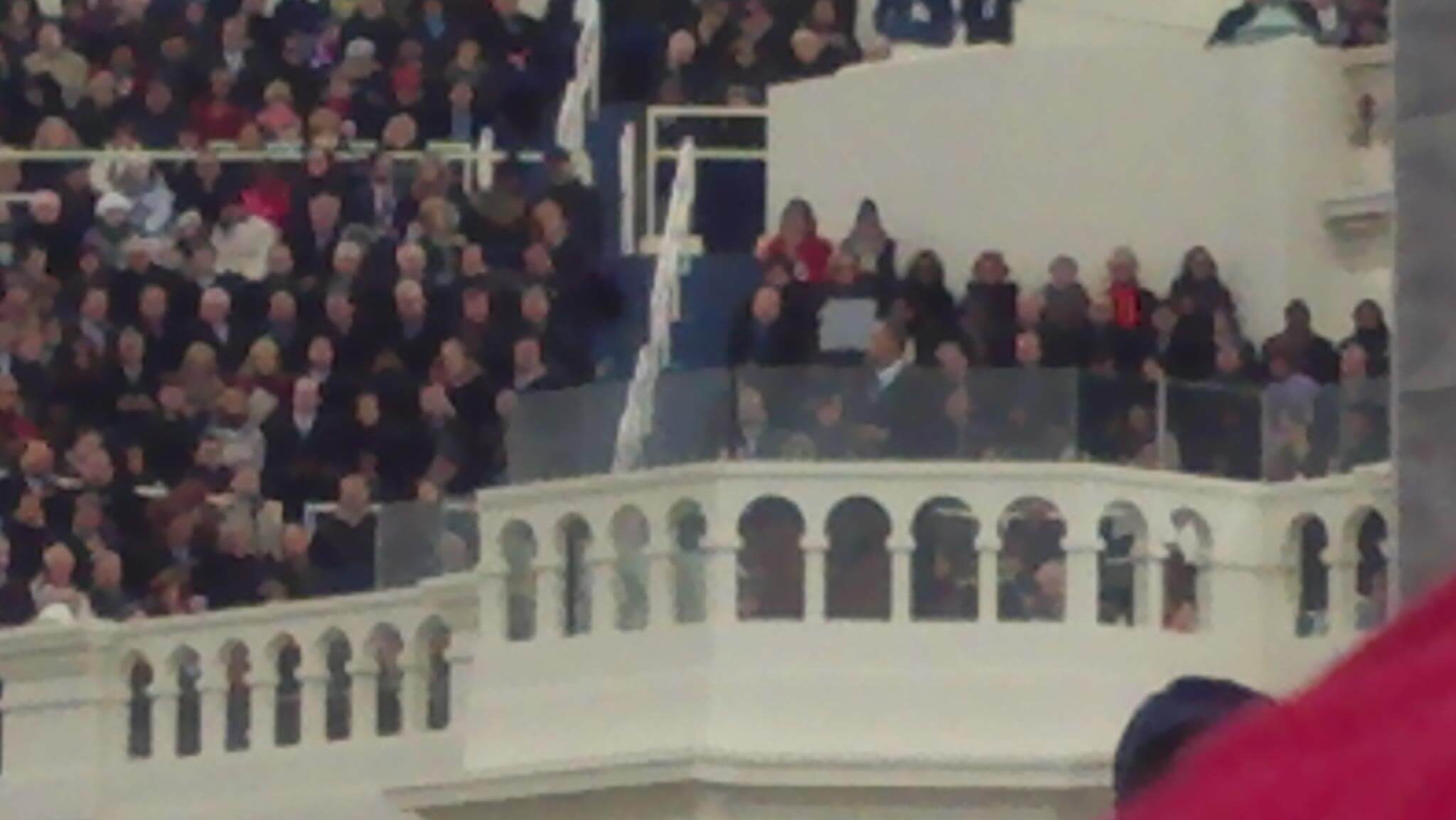Josh Tyrangiel, a serial innovator, now seeks to transform an enduring if diminished staple of American media: the prime time evening newscast.
In his earlier days, as a wunderkind at Time Inc., he spread the word about how Sports Illustrated could have moving pictures and graphics before Steve Jobs unveiled the iPad. He was lured by the Bloomberg empire and took a near-moribund BusinessWeek and revitalized it into an editorially dazzling magazine even amid an unavoidably disastrous print downturn.
Having worked with him as a policy columnist in the early days of the then-“new” magazine, I can attest to his creativity and hands-on, tough-minded sophistication as an editor. He does not lack self-confidence and, more often than not, was right on the mark in cementing a new vision of A-list journalism. If anything, there was often too much good content (it was nice to have those generous Mike Bloomberg budgets, especially in a disastrous ad market).
Now the former MTV producer is fusing his old media and new media skills and marrying them with the energy of a brash digital juggernaut, Vice, as he prepares to launch “Vice News Tonight” on HBO starting Monday.
“Vice News Tonight” will be a Monday through Friday half-hour on HBO at 7:30 p.m. Eastern and Pacific. It will also be on HBO NOW, HBO GO and HBO On Demand.
A press release, and some early reporting, underscores that Tyrangiel and company plan to the ditch some old tropes of broadcast news in favor of long-form field pieces and cutting-edge graphics.
But, lest we forget, the occasionally-derided broadcast networks’ evening newscasts are still potent. Their audiences crush those of the cable news primetime fare on Fox, CNN and MSNBC. They dwarf, for example, Fox’s “The O’Reilly Factor,” cable’s No. 1, with their audiences ranging roughly from 6.5 million to 8.2 million per night.
And, on some nights, they’re very sharp journalistically, even if still reflecting a set of assumptions about story length and the need to cater to an older audience (witness all the depressing pharmaceutical ads). Their achievements tend to be missed by media observers (present company included), who offer what is arguably disproportionate coverage of the shoutfests of cable largely because, well, those are the channels that many journalists check out.
So it’s a complicated landscape faced by Tyrangiel, who left a high-ranking position in the crowded, sharp-elbowed leadership at Bloomberg to become executive vice president for content at Vice and shepherd the new venture. He oversees Vice’s expanding news operations.
We chatted by phone about the challenge ahead.
What do you aim to do, and who’s the audience?
What we aim to do is give people a reason to watch the nightly news. The audience is anybody who wants to watch. The network news shows have a lot of good stuff, but all three have had the same formats and time slots for decades. As viewership has declined, they really haven’t changed the format, time slot or made any acknowledgement of how people consume news and information.
Our job is to understand that when people check in with the news, they have heard a lot as to what has happened. But you need more context and can use more visual diversity…something (beyond) an anchor at a desk with graphics over the shoulder. We have looked at all those things and tried to find every different angle.
We have people who can voice the show, and (everyone has) multiple jobs on the staff. (It’s) not as if we have (the late game show and “Saturday Night Live” announcer) Don Pardo. Producers and correspondents will guide the show, not an anchor. We believe in visual storytelling. Vice is a pioneer in great editing, shooting and immersive journalism. That, along with cool graphics, can move people to see a show that is seductive.
One of benefits of doing a show on HBO without sponsor breaks is it can bet 20 to 30 minutes. Some days there’s not much news, and every moment you linger, it’s a reason for the audience to resent you. On other days a story needs time to be told. We’re not here to do thousands of short-form video stories. And we’ll try to change behavior so they (viewers) make time for a nightly newscast. We will focus on how great we can make one story. If (it takes) six, eight, 10 minutes, so be it. And if they trust us, they will understand the story and we will have deepened context.
What’s initial staffing?
Adequate.
What about use of freelancers, an increasingly relied-upon and abused lot in journalism, especially those working overseas?
A lot of the way we staffed is to make sure in London or New York we have people with great long history of dealing with stringers in the field. Though we’re an aggressive and growing organization, you can never have enough people. We can never have enough people who are central nodes in the office and know a great reporter or shooters pretty much anywhere. We want to amplify that stringer network.
What’s the biggest change, if any, in taking over an existing enterprise, as you did with BusinessWeek, and starting something totally anew?
I’m not starting from scratch. Vice’s weekly show was a big hit for HBO, and Vice.com was doing great documentary work. So the challenge is to build on what is there and amplify. The previous challenge with BusinessWeek was that everybody knew it was in dire straits financially. It was a state-of-emergency job. This is building for long term, something sustainable. And dealing with everybody’s challenge in fluctuating news.
You’re very sophisticated and know a lot about video. But is there something that’s been your biggest learning curve in getting this show off the ground? What’s the most surprising thing you’ve learned about producing TV?
I started in TV, as a producer at MTV News in the mid-’90s. But the changes between that era and this era are huge. A lot involves the equipment. Even with digital advances, anytime you introduce technology into the equation of journalism, it becomes challenging.
Enterprise software will be the bugaboo you have to confront. Frame rates, dealing with conversion rates, integrating systems is technically complicated. There’s no way to practice journalism in 2016 without some difficulty, be it print or video or digital. I had forgotten how complicated the highest quality video is to produce.
There always seems to be a trade-off between time and quality in news coverage, as in the rest of life. Take the time, you can craft an amazing Vice, “60 Minutes” or, as you routinely did, BusinessWeek piece — something that generates appointment viewing. But if you’re on the news (or even close to it), it’s much harder to craft that kind of storytelling and/or production value. Are you going to try to do both? If not, it seems as if you’d be fighting human nature.
You nailed it. Every newsroom has that same conundrum. People expect X of us. We want to deliver Y. The key is discipline. There are times when a story is so overwhelming, we have to react. Our goal is an extra five minutes in the process and everybody asks how do we truly add value. A friend of mine at “The Daily Show” constantly reminds me that you don’t have to do anything out of obligation. You can ask, “How do we add value to something?”
You put your finger on it. That is the key. How do we manage all the expectations that come with news?
Is there anything different about the nature of audience responses to Vice stuff in general in the U.S. vs. rest of the world that you have to be conscious of?
Not that I know.
Finally, what’s the deal with the no makeup stuff?
It’s low on the priority scale. Is your correspondent’s hair properly brushed? Is makeup well applied? I think the artifice of having a perfectly manicured person telling you a story out in the field has probably exhausted many viewers. We wanted the shortest distance between us and our viewers. Whether makeup or hair, focus on more important things. It’s small but a big signal for us.
This conversation has been edited for clarity.






